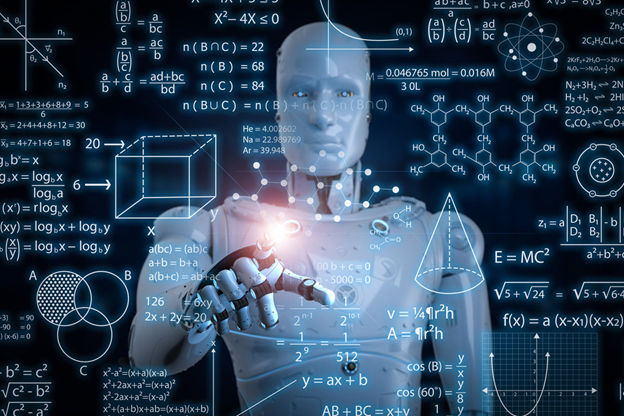
A new artificially intelligent “mathematician” known as the Ramanujan Machine can potentially reveal hidden relationships between numbers. The Ramanujan Machine is a novel way to do mathematics by harnessing the power of a standard computer to make new discoveries. The Ramanujan Machine has already discovered dozens of new conjectures.
The Ramanujan Machine consists of algorithms that seek out conjectures, or mathematical conclusions that are likely true but have not been proved. Conjectures are the starting points of mathematical theorems, which are conclusions that have been proved by a series of equations. The set of algorithms is named after Indian mathematician Srinivasa Ramanujan.
Scientists at the Technion-Israel Institute of Technology in Haifa wanted to see if they could use machine learning for something more fundamental. They have proposed a systematic approach that leverages algorithms to discover mathematical formulas for fundamental constants and helps to reveal the underlying structure of the constants. They called this approach ‘the Ramanujan Machine’.
The proposed algorithms find dozens of well known formulas as well as previously unknown ones, such as continued fraction representations of π, e, Catalan’s constant, and values of the Riemann zeta function. Several conjectures found by these algorithms were (in retrospect) simple to prove, whereas others remain as yet unproved.
Two algorithms by the scientists that proved useful in finding conjectures: a variant of the meet-in-the-middle algorithm and a gradient descent optimization algorithm tailored to the recurrent structure of continued fractions. They are described in details in the paper.
Both algorithms are based on matching numerical values; consequently, they conjecture formulas without providing proofs or requiring prior knowledge of the underlying mathematical structure, making this methodology complementary to automated theorem proving.
Their approach is especially attractive when applied to discover formulas for fundamental constants for which no mathematical structure is known, because it reverses the conventional usage of sequential logic in formal proofs. Instead, their work supports a different conceptual framework for research: computer algorithms use numerical data to unveil mathematical structures, thus trying to replace the mathematical intuition of great mathematicians and providing leads to further mathematical research.
They have also set up a website, RamanujanMachine.com, to share the conjectures the algorithms generate and to collect attempted proofs from anyone who’d like to take a stab at discovering a new theorem. Users can also download the code to run their own searches for conjectures, or let the machine use their spare processing space on their own computers to look on its own.
Scientists who are part of the project say that a part of their goal is to get lay people more involved in the world of mathematics. They say that they hope that the project will inspire future generations about mathematics and AI-driven science.
